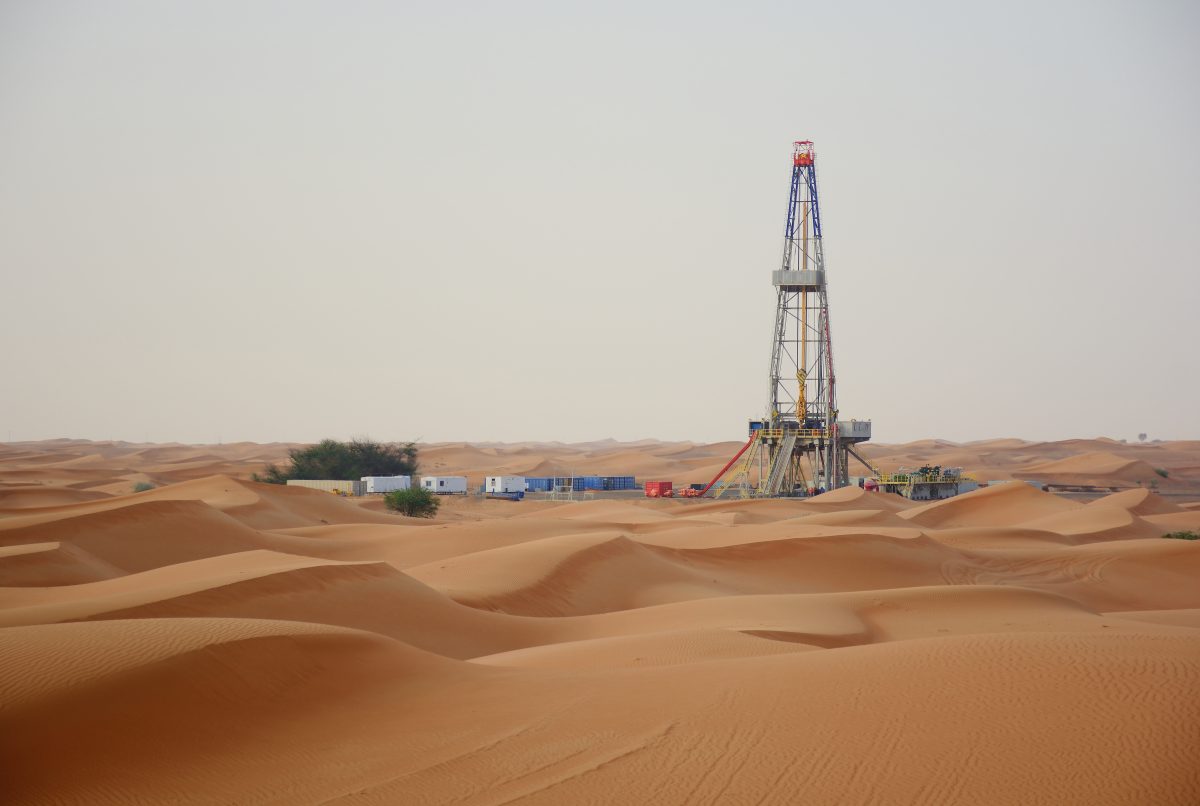Contrary to popular belief, the first oil well in the Middle East was not discovered in Saudi Arabia. That came later. Oil was first discovered in Persia, now known as Iran, thanks to William Knox D’Arcy, a British national, who had got a 60-year concession from the Iranian government.
D’Arcy funded the operation, which started in 1903, while the drilling was done by George Bernard Reynolds—an already prominent petroleum engineer. The Masjed Soleiman field was discovered in 1908, and it reached peak production in 1928.
Amazingly, the field still produces to this day, but 2023 is expected to be its last year. The discovery led to the creation of what we now know as BP, one of the biggest oil companies in the world.
Saudi Arabia struck oil
Three decades after the discovery of the Masjed Soleiman field, American engineers from Standard Oil struck oil in the desert peninsula known as Saudi Arabia. It was 1938, and nobody knew that a new star was being born.
The story of oil exploration in Saudi Arabia started on May 29, 1933, when then King Abdulaziz bin Abdulrahman signed a concession agreement to explore oil with Standards Oil of California Company (SOCAL) after oil was discovered in neighboring Bahrain. The discovery of oil in Bahrain pinned hope for finding oil reserves in Saudi Arabia.
The Dhahran discovery turned out to be the biggest in history up to that point, and it changed everything—not just for Saudi Arabia but for the world. From a largely nomadic people unconcerned about world affairs, the country turned into the world’s biggest oil producer and kept that crown for decades.
At the same time, the Dhahran discovery marked one more step on the Middle East’s way to becoming the world’s major oil supplier. It was followed by discoveries of oil in Iraq, Kuwait, and the UAE, some of which remain the biggest reservoirs in history to this day.
The largest oil discovery to date is the Ghawar Field, located in eastern Saudi Arabia. It is estimated to hold up to 75 billion barrels of oil reserves and has been in production since 1951. However, it’s worth noting that new discoveries and technological advancements could potentially surpass this in the future.

